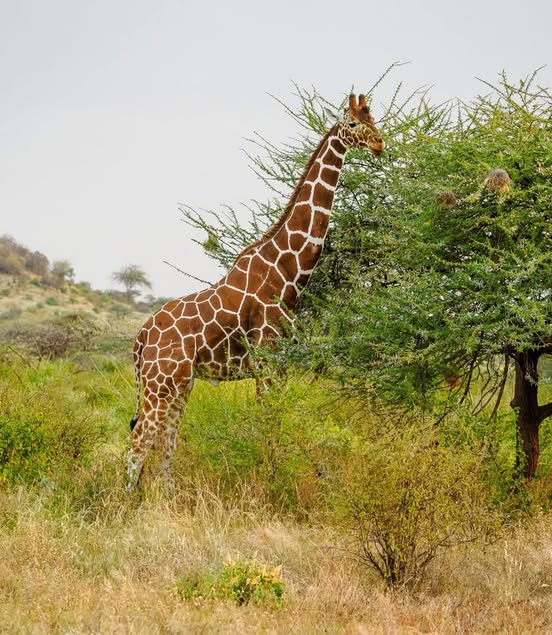At sunrise in the Maasai Mara, the golden grasslands stretch endlessly, broken only by the silhouettes of giraffes grazing and hot-air balloons rising quietly into the sky. For many, this scene captures the magic of Kenya—a land where wildlife roams free and adventure calls to travelers from across the globe.
But beyond the beauty and thrill lies a deeper truth: tourism is not just a gateway for visitors to experience Kenya; it is a vital lifeline for the country itself. Each safari, beach holiday, or cultural tour sets off a chain reaction—one that feeds families, sustains communities, and shapes the national economy in profound ways.
In this post, we’ll explore how tourism has become one of Kenya’s economic cornerstones, the challenges it has weathered, and the promise it holds for a more inclusive and sustainable future.
Kenya’s natural beauty is legendary—from the snow-capped peak of Mount Kenya to the white sands of Diani Beach. These wonders attract over two million visitors annually, placing tourism among the top three foreign exchange earners, alongside agriculture and remittances.
In financial terms, the tourism sector contributes approximately 10% of Kenya’s Gross Domestic Product (GDP) and supports nearly one in every ten jobs across the country, directly and indirectly. From hotel staff and safari guides to local artisans and small business owners, millions of Kenyans rely on the ripple effects of tourist spending.
When a traveler books a night in a Maasai-run eco-lodge or buys handcrafted jewelry at a coastal market, they do more than experience culture—they empower it. Community-based tourism initiatives have grown rapidly, enabling rural populations to benefit directly from conservation and heritage preservation.
In areas like Samburu and Laikipia, wildlife conservancies not only protect endangered species but also reinvest profits in schools, clinics, and clean water projects. Tourism has thus become a quiet revolution, fostering development in some of Kenya’s most remote areas.
While Kenya’s wildlife safaris are iconic, today’s tourism is evolving. Urban centers like Nairobi and Mombasa are buzzing with cultural festivals, culinary tours, and innovation hubs that attract digital nomads and creatives from around the globe. The emerging trend of "experiential travel" is positioning Kenya as a destination not just to see—but to live and feel.
Meanwhile, sustainable tourism practices are gaining ground. Eco-friendly lodges, wildlife conservation efforts, and responsible travel policies are helping to preserve Kenya’s natural and cultural wealth for future generations.
Like many nations, Kenya faced significant setbacks during the COVID-19 pandemic, when international travel came to a halt. But the industry showed remarkable resilience. With strategic recovery plans, domestic tourism campaigns, and safety protocols, Kenya's tourism sector has rebounded stronger—an emblem of national strength and adaptability.
As Kenya eyes its Vision 2030 development goals, tourism remains a central pillar. Investments in infrastructure, digital innovation, and environmental conservation are aimed at creating a sustainable, inclusive tourism sector that uplifts every Kenyan it touches.
So the next time a traveler boards a flight to Nairobi, they become part of a much larger story—one where every photograph, every shared meal, and every sunrise safari helps build a nation.
Tourism in Kenya is not just about seeing the world. It’s about understanding how a world-class destination can power dreams, protect heritage, and shape a brighter future.
